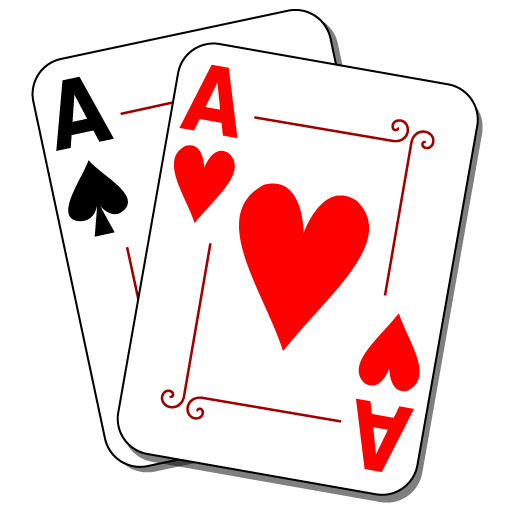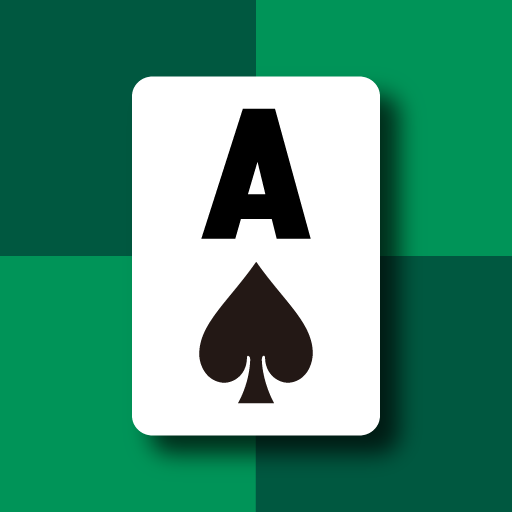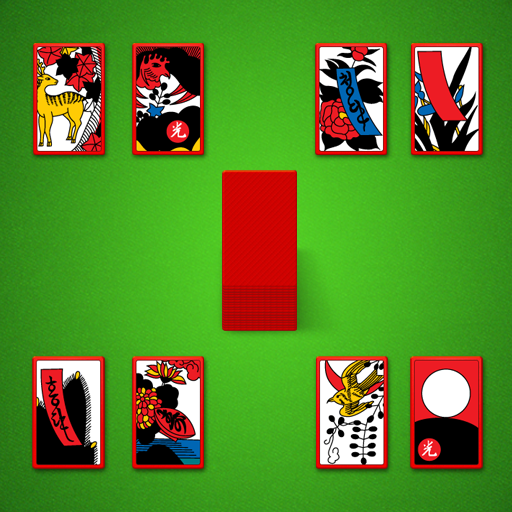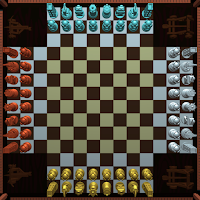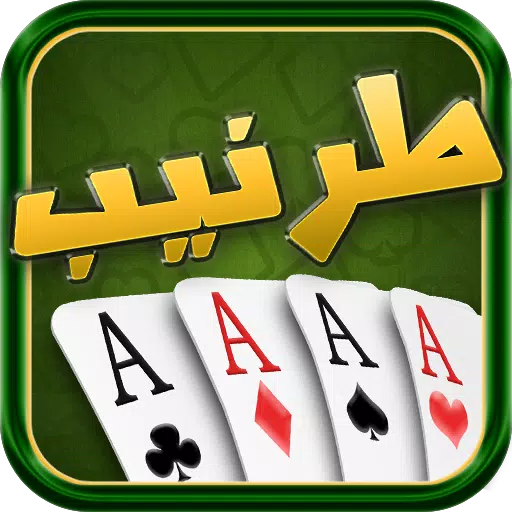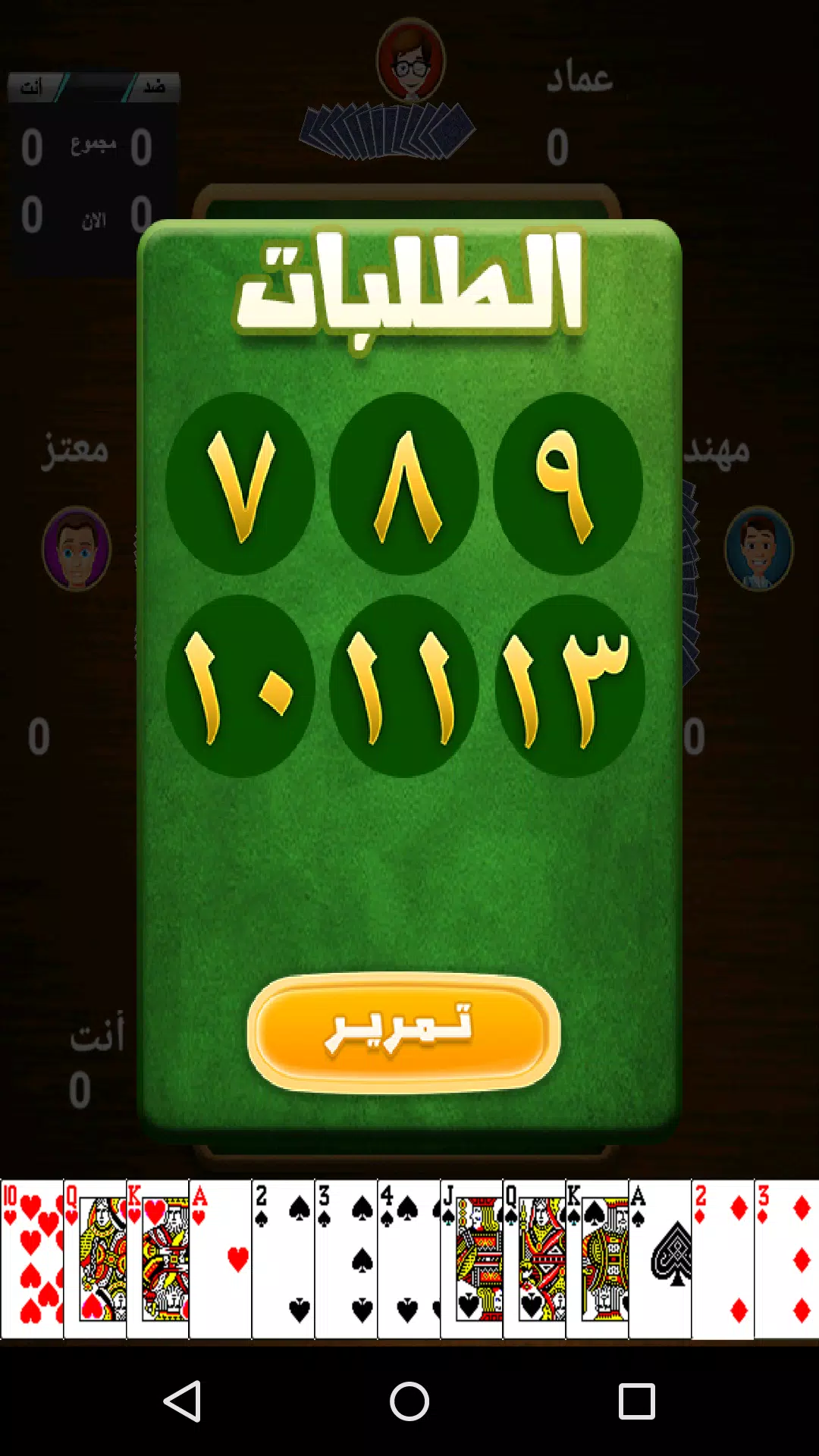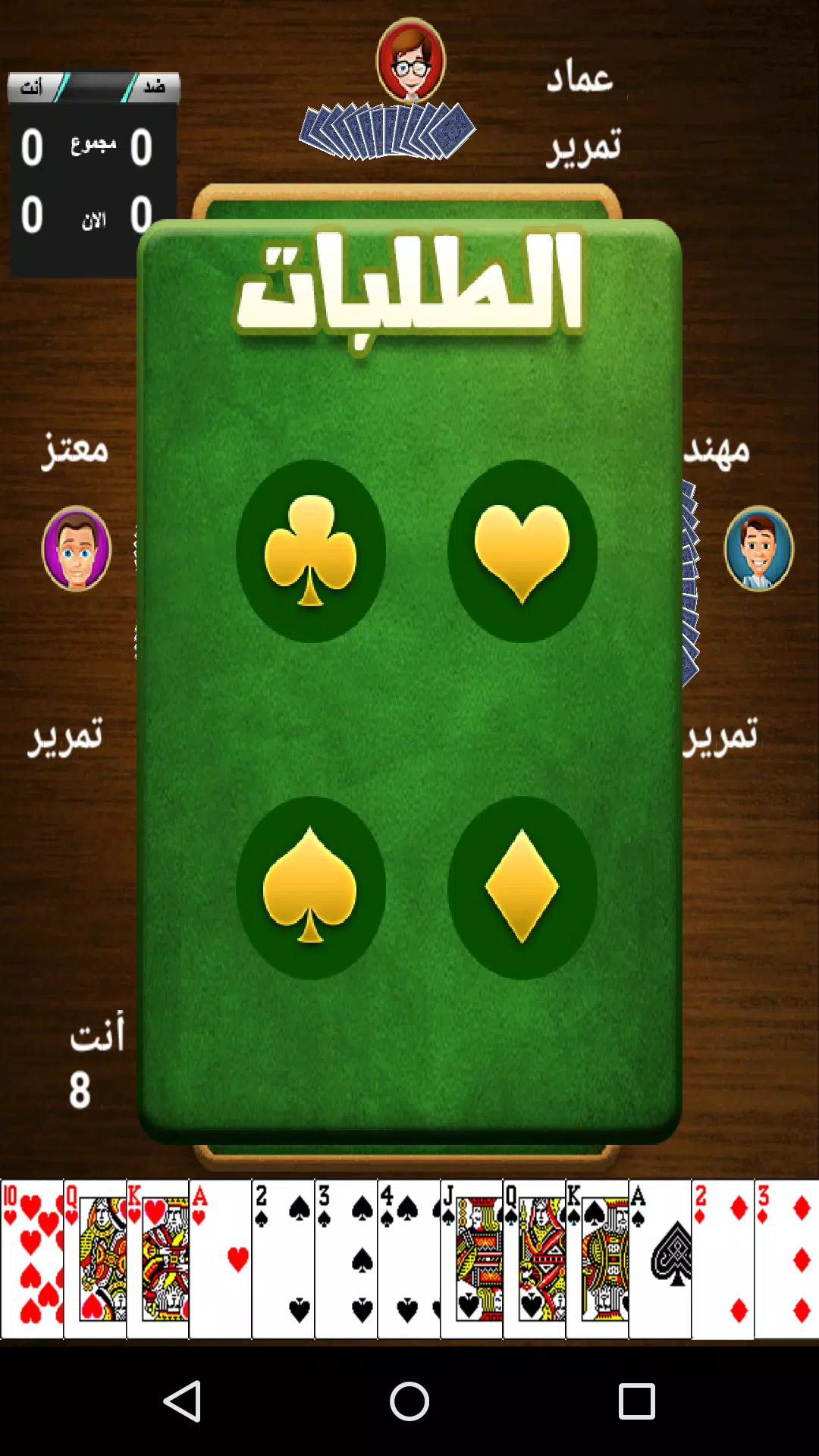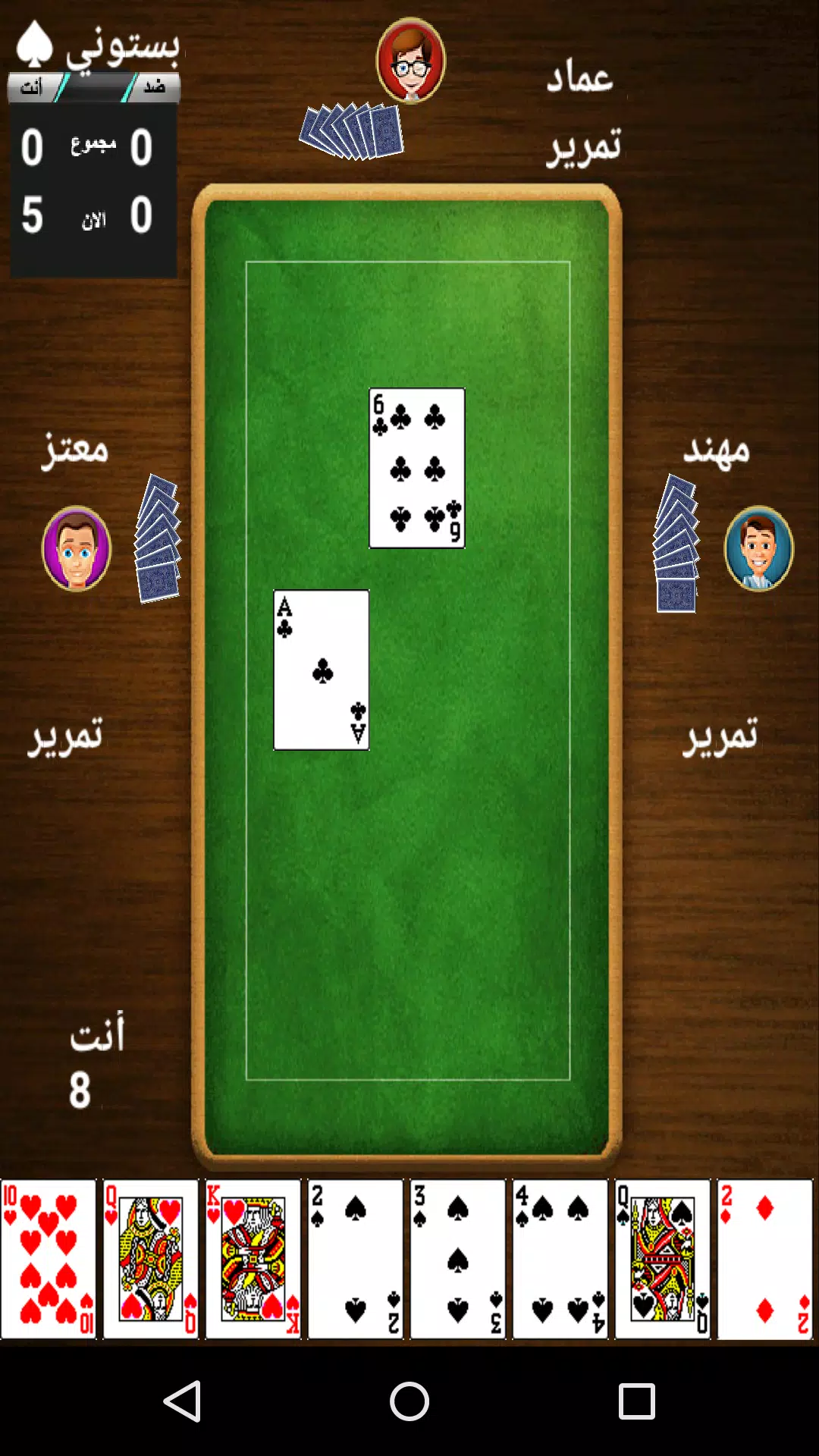In Arab countries, particularly in the Levant, a popular card game known as Tarneeb blackjack, or simply "rule" in the Arab Gulf states, captures the hearts of many. The essence of Tarneeb blackjack lies in winning consecutive Tarneeb groups. This engaging game is played by four players, forming two teams of two, where each team competes until the end of the groups to determine the winner.
The game employs a standard 52-card deck, excluding the jokers. The gameplay starts with the player to the left of the dealer, proceeding in a clockwise direction. The game's structure involves four players, with each pair forming a team, facing each other across the table.
The initial dealing of cards begins from the dealer's right. The bidding process, which determines the Tarneeb suit, starts from the player to the dealer's right and ascends from 7 to 13, known as "Cabot" or "livers". The highest bidder chooses the Tarneeb suit, setting the stage for the round.
In the event that a team fails to meet their bid, they face a penalty. For example, if a team bids for 10 tricks but only wins 9, they receive negative points for the bid (10 in this case), while the opposing team earns positive points for the tricks they've won (in this example, 4). If the opposing team wins 5 tricks, any discrepancies are revealed at the end of the round.
The game concludes when one team reaches a predetermined score, typically 61 or 31 points, agreed upon before the game begins.
The card hierarchy in Tarneeb blackjack is as follows:
- A (Cut) - Highest
- K (Sheikh)
- Q (girl)
- J (born)
- Followed by the numerical cards from 10 down to 2.
Screenshot





